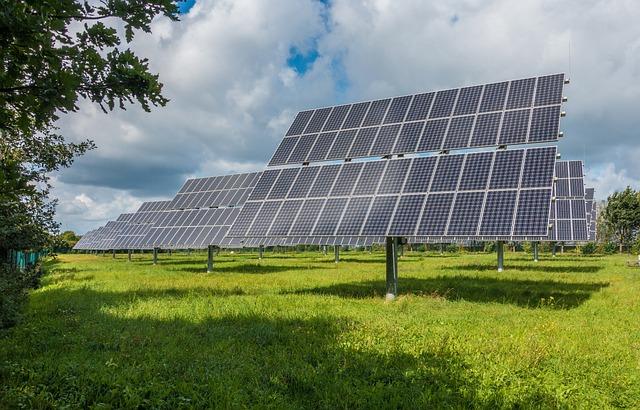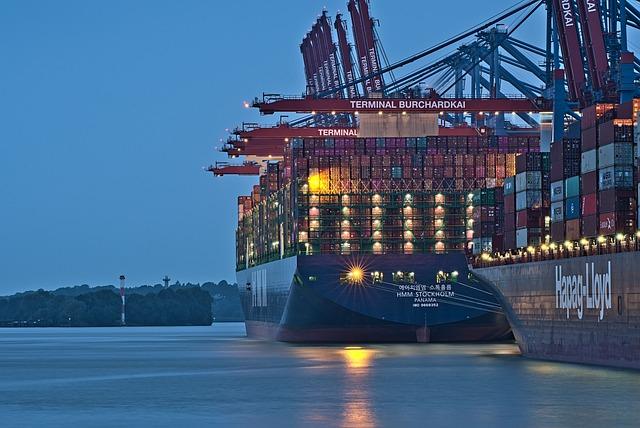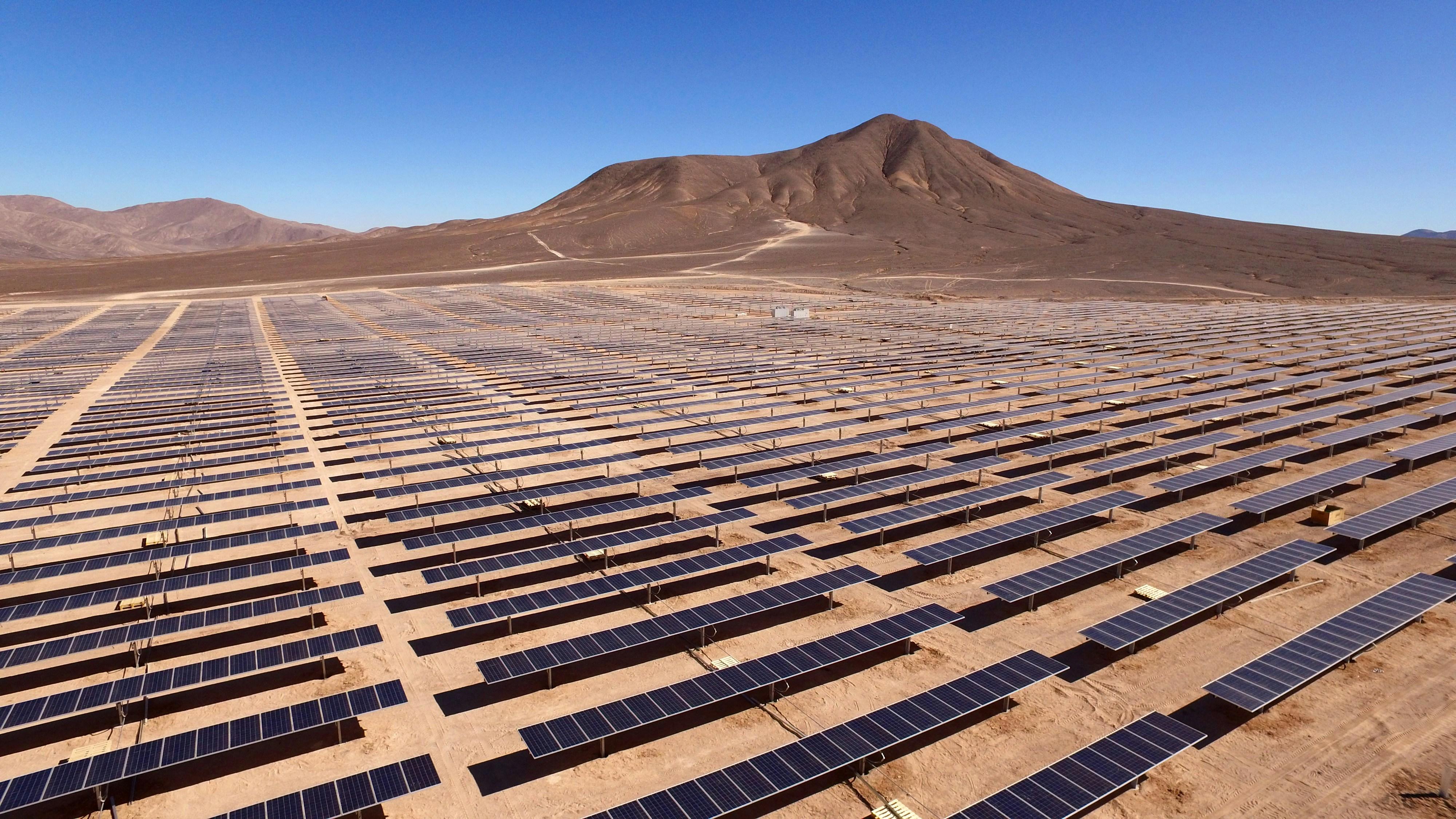In a world increasingly driven by the sun’s energy, solar technology has become a beacon of hope in the quest for sustainable solutions. As solar panels silently capture sunlight and convert it into electricity, a complex web of international trade policies quietly governs their journey across borders. These policies, often crafted in the halls of government buildings and debated in international forums, hold the power to either propel the global solar industry forward or shroud it in shadows. This article delves into the intricate dance between international trade policies and solar exports, unraveling the threads that connect diplomacy, economics, and environmental aspirations. As we explore this dynamic interplay, we aim to illuminate the impacts—both seen and unseen—that these policies cast upon the burgeoning world of solar exports.
Understanding the Global Trade Landscape for Solar Products
In the intricate web of international commerce, trade policies are pivotal in shaping the solar export market. As countries strive to meet renewable energy targets, their policies can either bolster or hinder the flow of solar products across borders. Tariffs, for instance, can significantly impact the cost competitiveness of solar panels. High tariffs may lead to increased prices for consumers and discourage imports, whereas low or zero tariffs can stimulate market growth by making solar products more affordable.
- Regulatory Standards: Different countries have unique certification and safety requirements, which can complicate the export process. Meeting these standards is crucial for market entry but can increase production costs.
- Trade Agreements: Bilateral and multilateral agreements can open new markets for solar exporters. Such agreements often include provisions that lower trade barriers, creating opportunities for expanded market access.
- Subsidies and Incentives: Government incentives for domestic solar production can influence export dynamics. While subsidies can bolster local industries, they might also lead to trade disputes over unfair competitive advantages.
Understanding these dynamics is essential for companies navigating the global trade landscape, as it allows them to strategize effectively and adapt to ever-changing policy environments.

Navigating Tariffs and Trade Barriers in Solar Export Markets
In the dynamic world of international solar exports, tariffs and trade barriers present both challenges and opportunities. As nations increasingly prioritize clean energy, understanding the intricacies of global trade policies becomes crucial for solar companies aiming to expand their reach. Tariffs, often implemented to protect domestic industries, can inflate the cost of solar products, impacting competitiveness. Conversely, trade agreements might offer favorable terms, reducing these barriers and enhancing market accessibility.
- Market Access: Varies greatly depending on bilateral or multilateral trade agreements.
- Regulatory Compliance: Exporters must navigate diverse regulations, from product standards to environmental stipulations.
- Subsidies and Incentives: Some countries provide incentives for solar imports, while others impose additional duties.
- Political Climate: Geopolitical tensions can lead to sudden shifts in trade policies, affecting solar exports.
For businesses in the solar sector, staying informed about these evolving policies is essential. Leveraging trade expertise and maintaining flexibility can help navigate these complexities, ensuring sustained growth in the international market.

Strategies for Enhancing Solar Export Competitiveness
In a rapidly evolving global market, bolstering the competitiveness of solar exports requires a multi-faceted approach that considers both market dynamics and international trade policies. Streamlining regulatory processes is paramount; reducing bureaucratic hurdles and expediting approvals can significantly cut costs and enhance market entry efficiency. Encouraging innovation through government-backed research initiatives can also foster technological advancements, positioning exporters at the forefront of the solar industry. Additionally, leveraging bilateral trade agreements can provide exporters with preferential access to emerging markets, reducing tariffs and opening new avenues for growth.
Moreover, fostering strategic alliances with international partners can enhance supply chain resilience and expand distribution networks. Investing in sustainable manufacturing practices not only meets global environmental standards but also appeals to environmentally conscious markets, offering a competitive edge. Implementing a robust export marketing strategy that highlights unique value propositions can attract a wider audience and establish a strong brand presence. Lastly, ensuring compliance with international quality standards builds trust and reliability, essential components in gaining and retaining global market share.

Policy Recommendations for Sustainable Growth in Solar Exports
To ensure the sustainable growth of solar exports, it is crucial to implement international trade policies that foster innovation and reduce barriers. Key recommendations include:
- Standardization of Regulations: Harmonizing international standards can minimize compliance costs and streamline cross-border trade. This can encourage small and medium-sized enterprises (SMEs) to enter the global market.
- Incentives for Green Technology: Governments should provide financial incentives, such as tax breaks or grants, for companies that invest in eco-friendly technologies. This not only promotes sustainability but also enhances competitiveness in the solar sector.
- Investment in Research and Development: Increasing funding for R&D can lead to breakthroughs in solar technology, making exports more attractive and efficient. Collaboration between nations on joint research initiatives can also be beneficial.
- Reduction of Tariff Barriers: Negotiating trade agreements that lower or eliminate tariffs on solar products can boost exports by making them more affordable in foreign markets.
These strategies can collectively create a more favorable environment for solar exports, driving both economic growth and environmental sustainability on a global scale.
The Way Forward
As we draw the curtains on our exploration of , it’s clear that this dynamic intersection of economics and sustainability is more than just a flicker on the global stage. These policies, like the sun’s rays, have the power to illuminate new pathways for innovation, collaboration, and growth. Yet, they also cast shadows, revealing the complexities and challenges that lie in the pursuit of a brighter, greener future.
In navigating this landscape, countries and companies alike must strike a delicate balance—fostering an environment where solar technology can thrive, while also protecting their own economic interests. As the world increasingly turns its gaze toward renewable energy, the policies we craft today will shape the solar narratives of tomorrow.
In this ever-evolving saga of solar exports, one thing remains certain: the sun never sets on the possibilities that lie ahead. As we continue to harness its power, let us remain vigilant and adaptive, ensuring that our trade policies reflect not just the needs of the present, but the aspirations of a sustainable future for all.

































